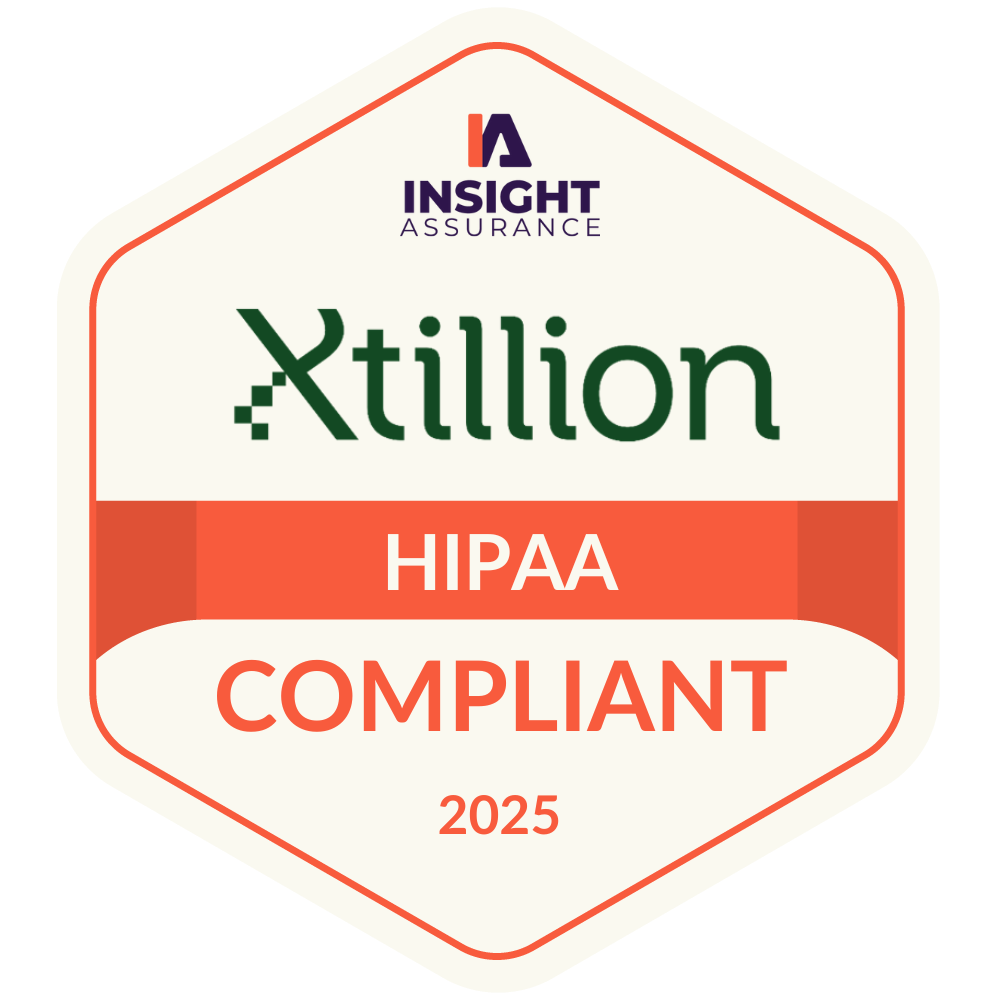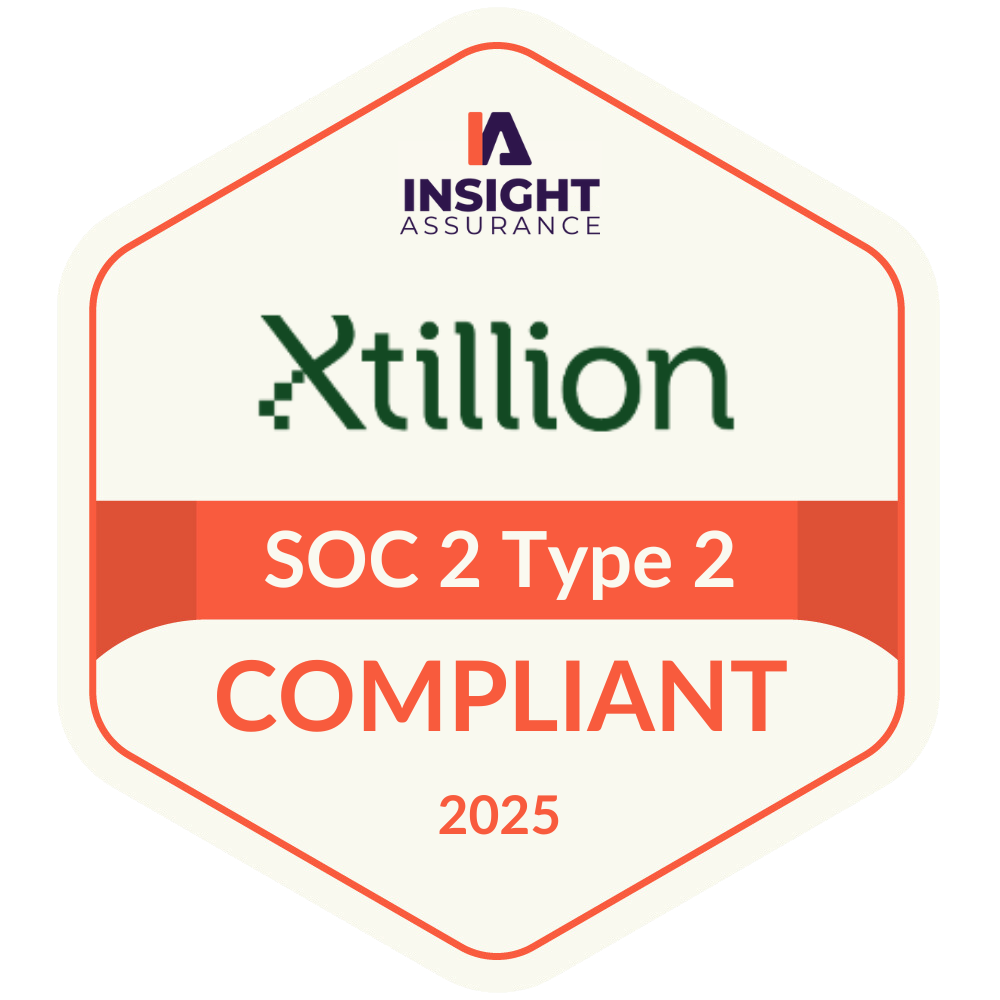Many organizations aspire to embrace the benefits of new data tools and technologies but often find themselves hindered by old legacy systems. The fear of migrating critical data from these entrenched systems leads to a dependency that locks engineering teams into using specific, often outdated, technologies. This dependency not only limits the ability to innovate but also makes it difficult to find talent trained in these legacy systems.
Some organizations decide to take the plunge and migrate their data to new systems, only to face the same challenges again in 5 to 10 years. This cycle of dependency and limitation can be frustrating and costly.
However, there is a solution that can break this cycle: open table formats. These open-source, non-proprietary formats offer the flexibility and control needed to future-proof your data strategy, ensuring your organization can adapt to new technologies and avoid vendor lock-in. In this article, we will explore what open table formats are and why they are important for your organization.
Open Table Formats: Non-proprietary formats that offer the flexibility and control needed to future-proof your data strategy, ensuring your organization can adapt to new technologies and avoid vendor lock-in.
What are Open Table Formats?
Open table formats are open-source, non-proprietary data storage structures designed to efficiently manage and process large-scale datasets. Unlike traditional, proprietary formats, open table formats like Apache Iceberg, Delta Lake, and Apache Hudi offer greater interoperability and control.
These formats provide features like schema evolution, partitioning, and data versioning, which support high-performance queries and ensure data integrity. They enable organizations to avoid vendor lock-in, maintain ownership of their data, and analyze it using any processing engine.
In essence, open table formats are key to optimizing data lakes and data lakehouses, offering flexibility, scalability, and robust data management.
The journey to open table formats began with the rise of data lakes, which offered scalable, cost-effective storage solutions by leveraging low-cost blob storage. Data lakes enable organizations to store vast amounts of raw data in their native format. However, as the volume and complexity of data grew, so did the challenges in managing, querying, and ensuring data quality.
To address these issues, the concept of data lakehouses emerged, combining the best features of data lakes and data warehouses. Data lakehouses provide scalability and low-cost storage of data lakes while incorporating the robust data management and transactional capabilities of data warehouses.
In this evolving landscape, open table formats were developed to enhance data management within data lakehouses. These formats introduced advanced features such as schema evolution, partitioning, and data versioning, allowing better data organization and performance.
The trend toward open table formats has been rapidly adopted by major players in the data platform world. For instance, Snowflake recently announced the general availability of support for Iceberg tables, further solidifying Iceberg’s place in the industry (source). Additionally, Databricks, a major proponent of open formats, acquired Tabular, a company founded by the original creators of Iceberg, to bolster their support and development of the format (source).
Importance for Your Organization
By adopting open table formats, your organization can achieve more efficient data management, greater flexibility in tool selection, and enhanced control over your data landscape, positioning you for long-term success in the data-driven world.
Here’s why they matter for your organization:
Ownership and Control of Data
Open table formats are non-proprietary, ensuring you maintain full ownership and control over your data. This autonomy allows for more tailored data strategies and safeguards against vendor lock-in.
Avoiding Vendor Lock-In
Open-source solutions do not tie you to a single vendor’s ecosystem. This flexibility means you can choose the best tools and technologies for your needs and adapt as the market evolves.
Interoperability and Flexibility
Open table formats are designed to work with various processing engines, enabling seamless integration with your existing data infrastructure. This interoperability ensures you can leverage the latest technologies without compatibility issues.
Enhanced Data Management
Features like schema evolution, partitioning, and data versioning improve data organization and accessibility. These capabilities ensure your data remains consistent, accurate, and easily queryable.
Scalability and Performance
Open table formats are optimized for high-performance queries and large-scale data processing. This scalability is essential for growing datasets and increasing analytical demands.
Top Open Table Format Options
When considering open table formats, three prominent options stand out: Apache Iceberg, Delta Lake, and Apache Hudi. All three formats offer significant advantages over traditional proprietary formats, including:
- Flexibility: Avoid vendor lock-in and choose the best tools for your needs.
- Scalability: Handle large-scale datasets with ease.
- Improved Data Management: Enhanced data organization, governance, and accessibility.
Let’s explore the unique features and advantages each format offers that can enhance your data management strategy.

Apache Iceberg is an open-source table format designed for large analytic datasets. It addresses the challenges of managing petabyte-scale data lakes by providing features such as:
- Schema Evolution: Allows changes to the table schema without interrupting queries or applications.
- Partitioning: Optimizes query performance by organizing data into partitions, enabling faster data retrieval.
- Data Versioning: Tracks changes over time, supporting data auditing, rollback capabilities, and historical analysis.
- Transactional Consistency: Ensures reliable read and write operations, maintaining data accuracy.
Apache Iceberg is particularly well-suited for organizations that require robust data governance and consistent performance across large datasets.

Delta Lake, another leading open-source table format, is built on top of Apache Spark. It enhances data lakes by adding ACID (Atomicity, Consistency, Isolation, Durability) transaction capabilities and unifying streaming and batch data processing. Key features include:
- ACID Transactions: Guarantees reliable data operations, ensuring consistency and accuracy.
- Unified Batch and Streaming Data: Simplifies data pipelines by supporting both batch and streaming data within the same table.
- Schema Enforcement and Evolution: Maintains schema integrity and allows for seamless schema changes.
- Time Travel: Enables access to historical data versions, facilitating data auditing and recovery.
Delta Lake is ideal for organizations looking to streamline their data pipelines and ensure transactional integrity in their data lakes.

Apache Hudi is an open-source data management framework that provides low-latency data ingestion, efficient data retrieval, and real-time data processing. Key features include:
- Updates and Deletes: Efficiently handle updates and deletes, making it easier to manage mutable datasets.
- Incremental Processing: Supports near real-time data processing by allowing incremental data pulls, which reduces data processing overhead.
- Data Versioning and Time Travel: Maintains historical versions of the data, enabling rollback and historical analysis.
- Integration with Apache Spark and Presto: Seamlessly integrates with popular data processing engines, enhancing flexibility and utility.
Apache Hudi is especially useful for use cases that require high-frequency data ingestion and real-time analytics.
Role of Catalogs in Data Management
Proper data governance and ensuring users can easily discover and access the data they need are essential to successfully leveraging open table formats. Simply adding tables to a blob storage is not enough—without a well-organized system, your data can quickly become chaotic and difficult to manage. This is where data catalogs come into play.
Data catalogs provide a structured way to organize, manage, and make data discoverable. They store metadata about your datasets, including schema definitions, table locations, and partition information, enabling efficient data discovery and governance.
You have the option to implement an open-source data catalog, giving you full control over customization and integration. However, if you're looking for a more turnkey solution, various vendors offer robust data catalog services. Notably, Databricks and Snowflake recently open-sourced their data catalog (Unity catalog and Polaris), offering a flexible and community-driven solution, while also providing a powerful cataloging option integrated into their platform.
It's also important to note that all major cloud providers, including Azure, AWS, and GCP, fully support open table formats. This broad support means that adopting these formats should not pose any risks to partnerships or integration with existing cloud infrastructures.
Whether you choose an open-source solution or a vendor offering, the key is to ensure that your catalog aligns with your data strategy. This will enable effective data governance and user-friendly access to your datasets, helping you fully realize the benefits of open table formats in your data lake or lakehouse.
Conclusion
We understand that this approach may not be a one-size-fits-all solution for every scenario, but we are excited about the trend of open-source alternatives and the variety of tools available that allow for tailored solutions for each organization. Open table formats like Apache Iceberg, Delta Lake, and Apache Hudi offer significant advantages, including data ownership, flexibility, and improved management.
My question to you is, are you confident that your current data strategy will support your organization’s growth and adaptability in the coming years? Are you prepared to take control of your data and avoid the pitfalls of vendor lock-in? How well does your current approach to data management align with the need for flexibility and scalability? These are critical questions worth considering as you plan for the future of your data infrastructure.
Let's Connect
Contact Us
Let's Connect
Contact Us



